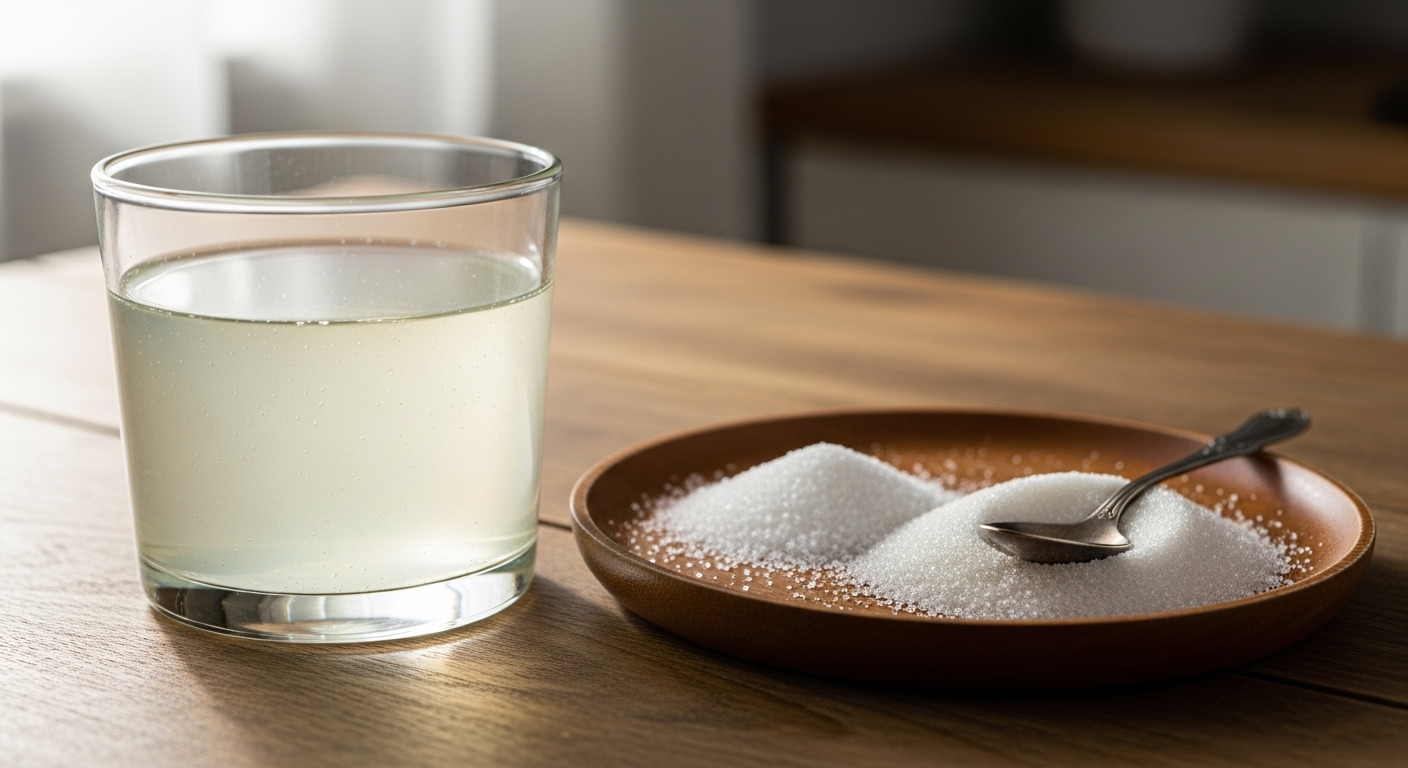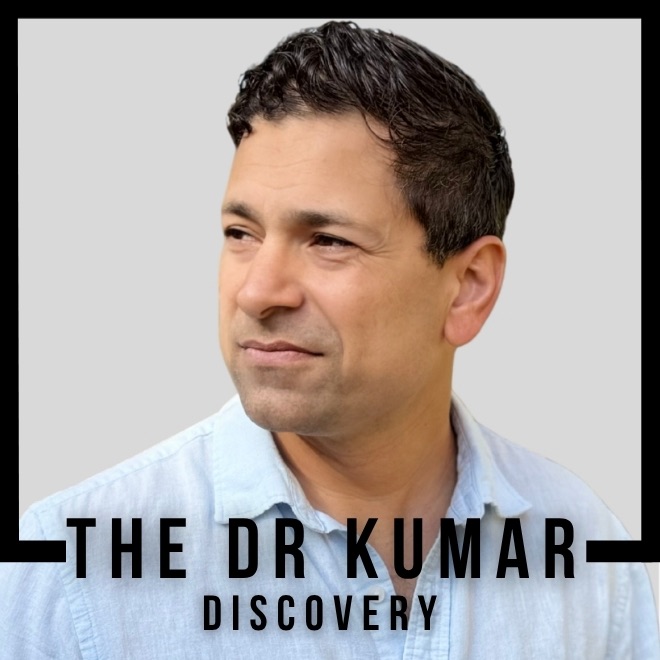Dr. Kumar’s Take:
For adults, dehydration from diarrhea, fever, or heat illness can develop quickly—but it’s preventable. Oral rehydration therapy works by harnessing the body’s sodium glucose transport mechanism. The key is using the correct ratio of ingredients. This post walks through how to make it safely, why it works, and when to seek medical care.
Key Takeaways:
✔ A properly mixed ORS restores hydration as effectively as IV fluids in most mild to moderate cases.
✔ The correct ratio of salt, sugar, and clean water is critical—too much salt can worsen dehydration.
✔ Homemade ORS can be life-saving when commercial packets are unavailable.
✔ Even adults benefit from prompt rehydration during illness or heat exposure.
Brief Summary:
- Question: How can adults safely prepare and use oral rehydration therapy outside the hospital?
- Population: Adults with mild to moderate dehydration from illness or environmental causes.
- Design: Practical clinical synthesis based on WHO and emergency care guidelines.
- Focus: Safe recipe, dosing, and signs for escalation of care.
- Outcome: Effective hydration without IV fluids in appropriate cases.
Study Design:
✔ Type: Clinical treatment guideline synthesis
✔ Measurements: Sodium, glucose, osmolarity, and rehydration rates
✔ Analysis: Comparison between WHO formula, commercial packets, and homemade ORS efficacy
✔ Setting and timeframe: WHO and Emergency Care BC treatment summaries, updated 2024
Results:
- ORS is effective for mild to moderate dehydration from diarrhea, vomiting, or heat.
- Commercial formulations contain ~75 mEq/L sodium and 75 mmol/L glucose for optimal absorption.
- Homemade solution closely approximates this ratio when mixed correctly.
- Intravenous fluids are reserved for severe dehydration or altered mental status.
How It Works (Biological Rationale):
- Sodium glucose cotransport in the small intestine drives water absorption into the bloodstream.
- Sugar provides the energy for sodium uptake; sodium brings water along osmotically.
- Maintaining isotonic balance prevents further fluid shifts and electrolyte loss.
- Frequent small sips optimize absorption and tolerance.
The Simple ORS Recipe (WHO Recommended)
To make 1 liter of oral rehydration solution at home:
Ingredients:
- 1 liter of clean water (about 5 cups)
- 6 level teaspoons of sugar (30 grams)
- ½ level teaspoon of salt (2.5 grams)
Instructions:
- Mix until both sugar and salt are fully dissolved.
- Taste the solution—it should be no saltier than tears.
- Store in a clean, covered container.
- Use within 24 hours, then discard and make fresh if needed.
How to Drink:
- Take small, frequent sips rather than large gulps.
- Adults typically require 2–3 liters per day depending on severity.
- Continue regular meals if tolerated; stop ORS when urine output and energy normalize.
Related Studies and Research
From Sodium Glucose Cotransport to Oral Rehydration – The physiologic mechanism that makes this recipe work.
Oral Maintenance Therapy for Cholera in Adults (1968 Lancet) – The trial that proved oral therapy could sustain adults with severe disease.
Status of ORT in Bangladesh: How Widely Is It Used? – How education ensures proper home mixing and safe use.
Fifty Years of Oral Rehydration Therapy: The Solution Is Still Simple – Reflects on how this basic recipe reshaped global survival.
Podcast: The Simple Drink That Saved Millions: The Story of Oral Rehydration Solution
Frequently Asked Questions:
What if I don’t have measuring tools?
Use this rough guide: one handful of sugar, a three-finger pinch of salt, mixed in one liter or five cups of clean water.
Can flavored drinks or sodas replace ORS?
No. Most have too little sodium and too much sugar, which can worsen diarrhea or dehydration.
When should I seek medical help?
If vomiting prevents drinking, if there’s confusion, low urine output, or persistent dehydration after 24 hours, IV fluids may be needed.
Conclusion:
This simple mixture of salt, sugar, and water can save lives. Oral rehydration therapy remains a triumph of physiology and public health—a treatment that belongs in every household and clinic worldwide.


